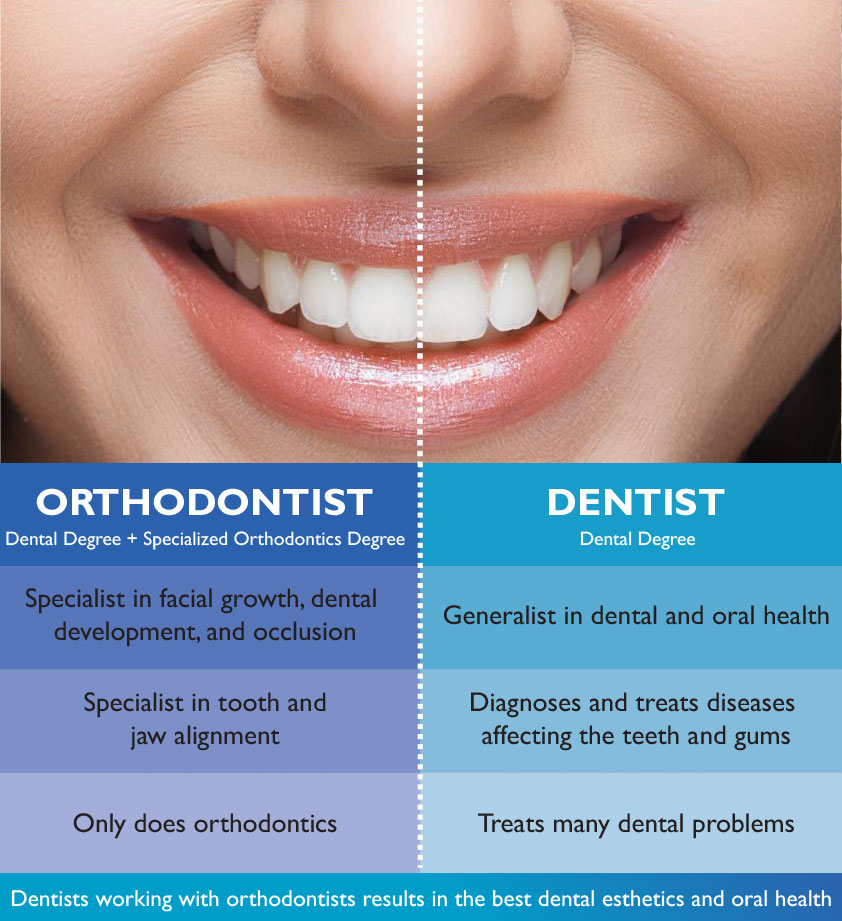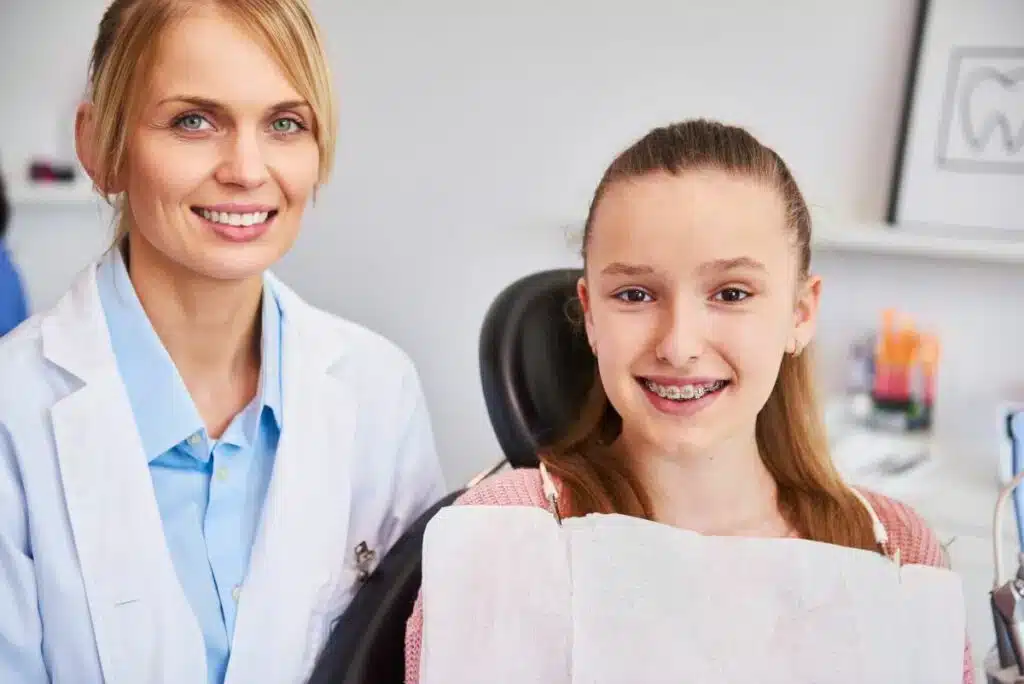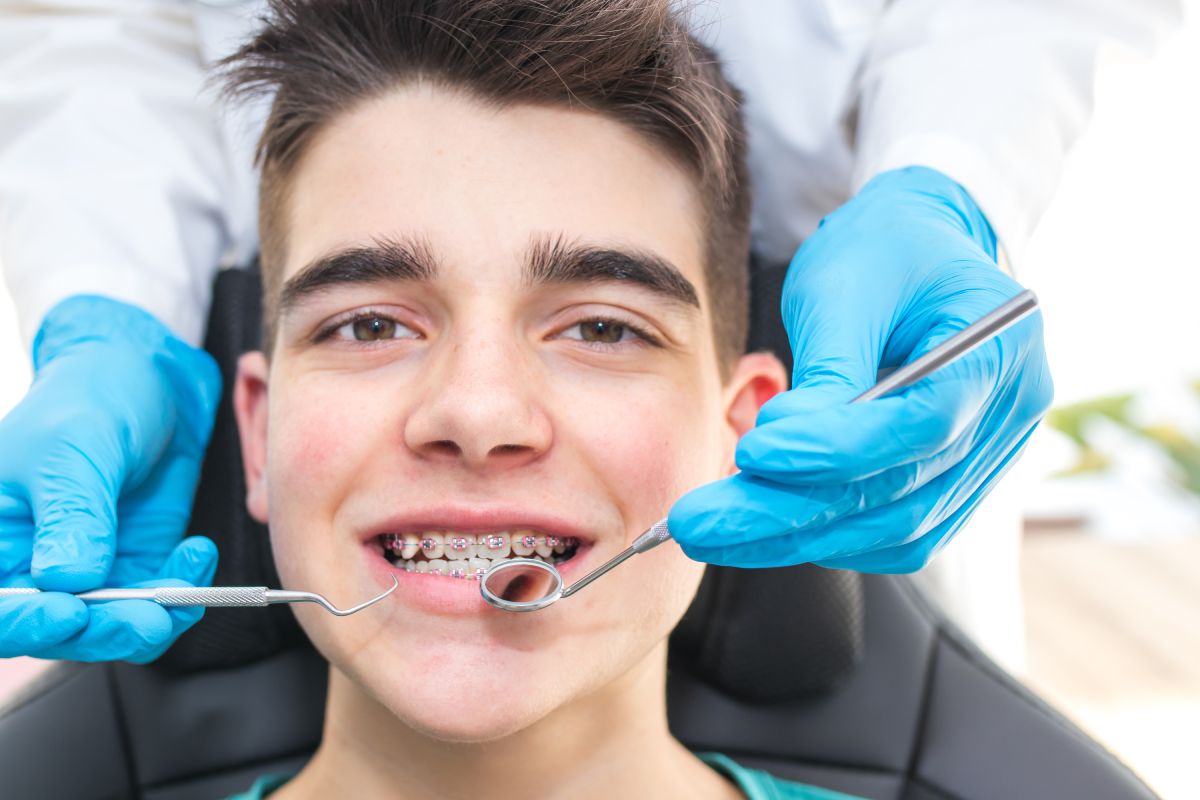Some Ideas on Causey Orthodontics You Need To Know
Table of ContentsThe smart Trick of Causey Orthodontics That Nobody is DiscussingFacts About Causey Orthodontics UncoveredThe Basic Principles Of Causey Orthodontics What Does Causey Orthodontics Do?Causey Orthodontics Things To Know Before You Buy
Overlooking occlusal partnerships, it was normal to eliminate teeth for a range of dental problems, such as malalignment or congestion. The idea of an intact teeth was not extensively appreciated in those days, making bite relationships appear irrelevant. In the late 1800s, the concept of occlusion was necessary for creating trustworthy prosthetic substitute teeth.As these concepts of prosthetic occlusion proceeded, it became an important tool for dental care. It remained in 1890 that the work and effect of Dr. Edwards H. Angle began to be really felt, with his payment to modern-day orthodontics especially noteworthy. Focused on prosthodontics, he educated in Pennsylvania and Minnesota prior to directing his attention towards oral occlusion and the therapies needed to preserve it as a typical condition, therefore becoming known as the "papa of modern orthodontics".

The principle of optimal occlusion, as proposed by Angle and included right into a classification system, allowed a change towards dealing with malocclusion, which is any variance from normal occlusion. Having a full collection of teeth on both arcs was extremely demanded in orthodontic therapy because of the demand for specific partnerships in between them.
Some Known Facts About Causey Orthodontics.
As occlusion became the key top priority, face proportions and aesthetic appeals were disregarded - cheapest orthodontist near me. To attain optimal occlusals without making use of exterior pressures, Angle proposed that having ideal occlusion was the best means to acquire optimum face aesthetic appeals. With the passing of time, it ended up being quite noticeable that also a phenomenal occlusion was not appropriate when thought about from a visual viewpoint
Charles Tweed in America and Raymond Begg in Australia (that both studied under Angle) re-introduced dentistry extraction into orthodontics during the 1940s and 1950s so they could improve facial esthetics while also ensuring better security worrying occlusal connections. In the postwar duration, cephalometric radiography begun to be utilized by orthodontists for determining changes in tooth and jaw placement brought on by growth and therapy. It ended up being evident that orthodontic treatment could readjust mandibular development, bring about the formation of practical jaw orthopedics in Europe and extraoral force procedures in the US. These days, both functional appliances and extraoral devices are used around the world with the purpose of amending growth patterns and forms. As a result, going after real, or at least improved, jaw partnerships had actually come to be the major goal of therapy by the mid-20th century.
Getting My Causey Orthodontics To Work
 The American Journal of Orthodontics was created for this objective in 1915; before it, there were no scientific goals to follow, neither any kind of specific category system and brackets that lacked attributes. Till the mid-1970s, dental braces were made by covering steel around each tooth. With innovations in adhesives, it became feasible to instead bond metal brackets to the teeth.
The American Journal of Orthodontics was created for this objective in 1915; before it, there were no scientific goals to follow, neither any kind of specific category system and brackets that lacked attributes. Till the mid-1970s, dental braces were made by covering steel around each tooth. With innovations in adhesives, it became feasible to instead bond metal brackets to the teeth.Andrews gave an informative definition of the excellent occlusion in long-term teeth. This has had purposeful results on orthodontic therapies that are carried out routinely, and these are: 1. Proper interarchal partnerships 2. Appropriate crown angulation (idea) 3. Proper crown inclination (torque) 4. No rotations 5. Tight call factors 6. Flat Curve of Spee (0.02.5 mm), and based upon these concepts, he discovered a treatment system called the straight-wire home appliance system, or the pre-adjusted edgewise system.
The advantage of the design hinges on its bracket and archwire combination, which requires only very little cable flexing from the orthodontist or medical professional (emergency orthodontist near me). It's appropriately named after this feature: the angle of the slot and density of the bracket base eventually figure out where each tooth is positioned with little requirement for additional adjustment
All About Causey Orthodontics
Both of these systems utilized the same brackets for each tooth and required the bending of an archwire in 3 planes for situating teeth in their desired placements, with these bends determining supreme positionings. When it involves orthodontic home appliances, they are divided right into 2 kinds: detachable and dealt with. Detachable devices can be tackled and off by the individual as needed.

Thus, mostly all modern-day set appliances can be considered variants on this edgewise home appliance system. Early 20th-century orthodontist Edward Angle made a major payment to the globe of dentistry. He created 4 unique device systems that have been used as the basis for many orthodontic therapies today, preventing a couple of exemptions.
Excitement About Causey Orthodontics

The wire ended in a thread, and to move it forward, a flexible nut was made use of, which permitted a rise in area. By ligation, each individual tooth was connected to this extensive archwire (orthodontist services). As a result of its minimal variety of movement, Angle was not able to attain precise tooth positioning with an E-arch
These tubes held a firm pin, which could be rearranged at each appointment in order to move them in position. Referred to as the "bone-growing device", this contraption was supposed to motivate much healthier bone growth due to its possibility for transferring pressure directly to the roots. Applying it confirmed frustrating in fact.